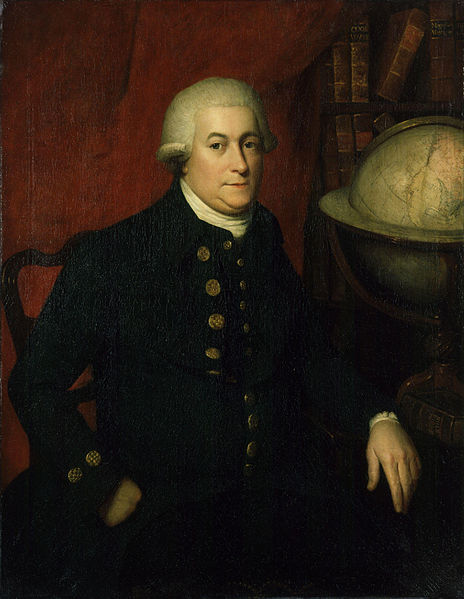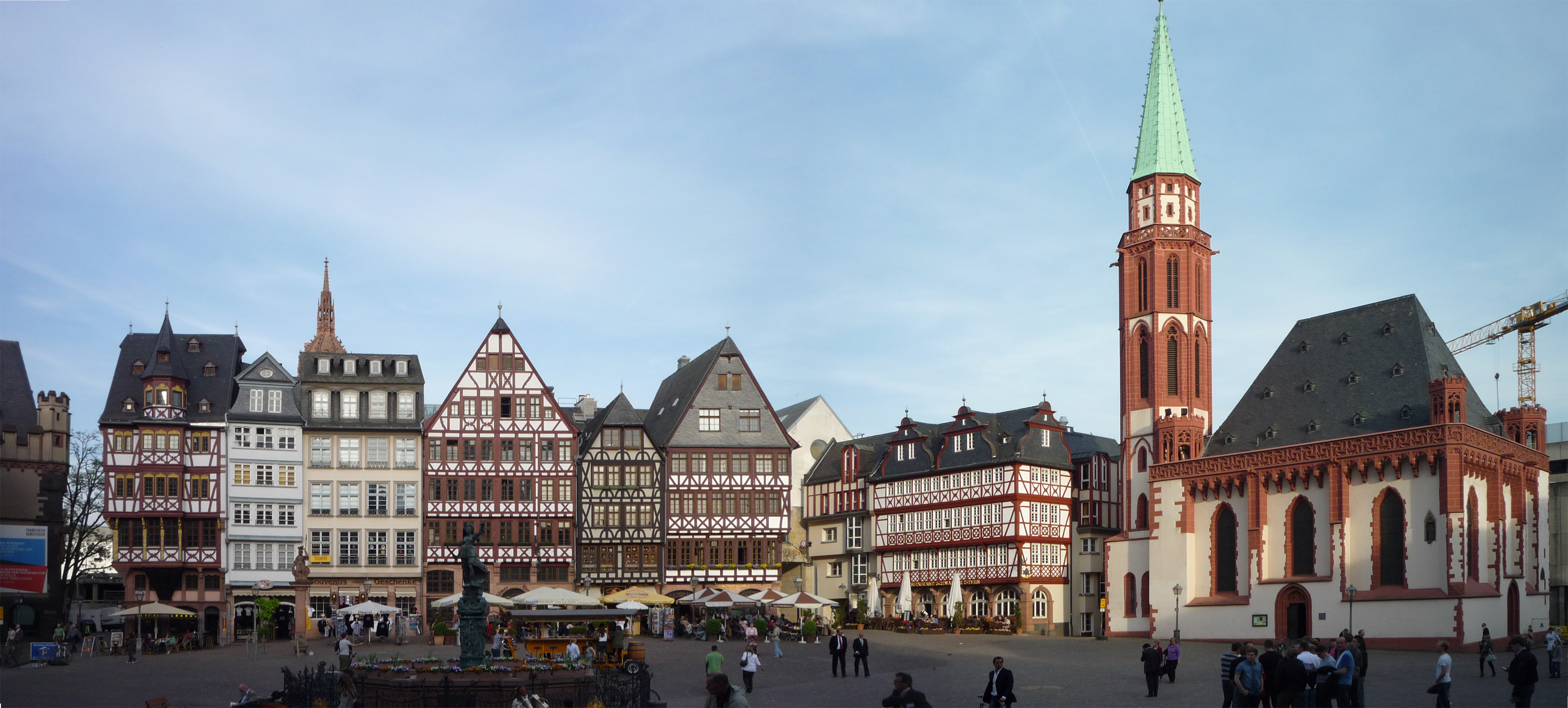Both of my maternal grandparents were born in Vancouver, BC.
Merle Tydfil Jones in 1915, and George Robert Bordewick in 1918.
Vancouver is a seaport on the west coast of mainland British
Columbia, Canada. It is set on the mouth of the Frasier River. It currently
encompasses a land area of around 114 square kilometres. In 1911, when my
grandmother's parents married, the population was 164,020. By 1921, three years
after my grandfather was born, it had risen to 232,597 people. By 1920,
Vancouver replaced Winnipeg as the leading city in western Canada. As of 2011,
the population was more than 2.3 million people. It is the most populous city
in Western Canada.
The city is located in the areas that include the ancestral territories
of the Squamish, Musqueam, and Tseil-Waututh peoples of the Coast Salish Native
Tribes. They had villages in many parts of present-day Vancouver. The area is
called S'ólh Téméxw by the First Nations of the area. The Musqueam have been
living in the area for 4,000 years. The Squamish and Teleil-Waututh are much
newer to the area, but living in the area by the time European mapping took
place. The Musqueam and Squamish tribes still live in the area today.
 |
| George Vancouver, NPG |
The city's name was taken from one of the early explorers to
the area, a naval Captain named George Vancouver. He explored the area in 1792.
His was the second European scouting party to explore the area. The first was a
Spanish Captain by the name Jose Maria Narvaez. Vancouver's party surveyed the
Strait of Juan de Fuca, and they were there to map the entire west coast all
the way up to Alaska. This work was accomplished in small oar and
sail-propelled boats so that they could get into the smaller and shallower
inlets without difficulty.
The major river of the area is the Fraser River, named for
Simon Fraser, who was the first European to reach the area by land. He
travelled to the area along the river now named for him, in 1808. The river
became one of the leading routes for those who came into the area for the
Frasier Canyon Gold Rush in the 1860s. It was not as successful as the San
Francisco or Yukon Gold Rushes, but it brought many Europeans into the area.
Because of the Gold Rush, the Province of British Columbia was formed from the
unincorporated western area at the time.
The first non-native settlement in the Vancouver area was
about 1862, in the Southlands area. The original main settlement, Gastown, was
started on the west edge of the Hastings Logging Mill. It started with a tavern
created by the millworkers in 1867, which was soon joined by other stores and
hotels. Eventually it became a townsite that was named Granville, BI. Shortly
after the railroad was started in the area, it was renamed Vancouver, and was
incorporated as a City in 1886.
 |
| City of Vancouver, 1898 |
The railroad caused quick growth to the city, and provided
easy travel to the eastern provinces of Canada. Immigration from eastern Canada
and Europe increased greatly, and also many Chinese immigrants chose to settle
there.
Vancouver's port quickly became significant as a link in
Britain's global trade network. After the Panama Canal's completion in 1914, it
became even more important. The city was then able to compete with the major
international trade ports around the world, giving another alternate route to
Europe from Asia.
This would have been the year before my Grandmother, Merle
was born. Which means she grew up in a flourishing, global city. And it showed
in the family she married into. Merle's parents, Daniel and Eliza Jones, had
both come to Canada from Wales. Daniel in the nineteen-teens, and Eliza in the
late 1800s. George, on the other hand, was born to a much more multi-cultural
household. George's father, Bjarne, was from a Norwegian family who had
immigrated from first Amsterdam, then settled for a time in Hull, England
before immigrating to Vancouver, BC. His mother, Mary, was born in
Philadelphia, PA to Irish immigrants. The family moved to Ireland for a year
when Mary was in her late teens, then to the Vancouver area in the early
nineteen-teens.
In 1919, the Canadian National Railway station was
completed. My great grandfather Daniel worked for the Railway, even making a
point of asking the railway workers along the way to look after his daughter
when she went to join my grandfather while he was training in the east. It was
named Pacific Central Station, and provided links down into the US to Seattle
and Portland, and via those down to California, and also the most direct route
across Canada.
 |
| Robert and Lizzie Park with friend, at Mary's wedding, 1911 |
British Columbia was the second-most populous state for
Irish immigrants according to the 2006 Canadian Census. Many came to Canada
during the potato famine in the mid-to-late 1800s. My grandfather's mother's family, the Parks, were northern
Irish. They left before the country was partitioned. They were
protestant, which was true of many northern Irish, and I think coming to the US
was their way of trying to escape the growing tensions at home. When things
became difficult in Philadelphia for Irish immigrants in the early 1900s, they
returned to Ireland. It was only the fact that Vancouver was a growing mecca
for many immigrant groups that drew them to the city; along with a letter from
one of their children touting the beauty of the area. As
citizens of the UK (at least, I believe they were at the time), they were
automatically naturalized as Canadian citizens when they arrived. It made the
move quite easy, despite being halfway around the world from home.
 |
| Gabriel Howells and family ca 1885 |
Welsh immigrants, on the other hand, are far more populous
in Alberta and Saskatchewan, though they are all over Canada. My great-great
grandparents, Gabriel and Selina Howells moved to Saskatchewan to live on
Gabriel's brother's farm. They moved soon after, settling in Winnipeg, but
their children soon began to move west, all settling in BC, and most in and
around the city of Vancouver. My great-grandfather, Daniel, came to Canada from
Wales as a young man for a trip with friends. Though he meant to come only for
a visit, upon meeting my great-grandmother Eliza, he chose to stay, and only
returned home to Wales for visits. Again, as citizens of the UK, Daniel, Eliza
and her family were all automatically naturalized citizens of Canada.
My Norwegian roots are a little murkier to me, as I am
uncertain whether my great-great grandparents, Henrik and Leonharde (Henry and
Harde) Bordewick, became Naturalized UK citizens while they were living in
Hull, England, or whether they did not become Commonwealth citizens until they
settled in Vancouver. I do know that as a fisherman, the West coast provided a
great opportunity for Henry, and the community here was very much the home they
had been looking for over a number of years, after several stops from their
original home in the Lofoten Islands.
McGill University College of British Columbia, the oldest
university in BC, changed its name to the University of British Columbia the
year my grandmother Merle was born. The population of the campus was greatly
diminished by the call to arms during World War I. By the end of the war,
almost 700 members of the university had enlisted. In 1920, two years later,
the university had only three faculties: Arts, Applied Science, and
Agriculture, and only awarded the degrees of Bachelor of Arts, Bachelor of
Applied Science, or Bachelor of Science in Agriculture. At that time, there
were 576 male students and 386 female students, with only 64 academic staff,
only six of which were women. In 1922, the student body had risen to the number
of more than twelve hundred, and they marched to push the local government into
expanding the campus. Their cause was successful, and the campus was moved to
Point Grey, with the first lectures there starting in 1925. Unfortunately, the
depression had a bad effect on the campus, and their funds were cut
drastically, to the point where many staff posts remained vacant, and several
of the faculty lost their jobs. In addition, most graduate courses were
dropped. Things were beginning to improve just as World War II broke out. At
the close of the war, the numbers in the university increased dramatically,
growing almost exponentially, and causing great expansion of both classes and
campus.
In 1918, the year my grandfather George was born, the
Vancouver General strike happened. It was the first general strike in Canadian
history, protesting the killing of a draft dodger named Albert Goodwin. He had
called for a general strike in the event any worker was drafted against their
will. In response, a group of returned soldiers stormed the offices of the
Vancouver Trades and Labour Council. They attacked the Council secretary,
Victor Midgely and forced him and another man to kiss the union Jack. One of
the women in the offices also received minor injuries when she prevented them
from throwing Midgely from the window. The city's reaction against the strike
was strong, and the leaders resigned due to the backlash. However, they were
nearly all re-elected shortly after, showing that within the union their
support had been strong, and not influenced by outside forces. Vancouver was
the only city in BC that took part in the strike. Many other strikes also took
place in the city that year. It was an important point in the Canadian labour
revolt that peaked with the Winnipeg General strike the next year. Another
Vancouver strike in sympathy with Winnipeg became the longest general strike in
Canadian History.
 |
| George and Merle on their wedding day ca 1939 with his grandmothers Harde and Lizzie |
This was the liberal, growing, thriving city my grandparents
grew up in. Both grew up in protestant households, attending regular services
on Sunday, and both got involved in youth groups in their churches. It was this
that led to their meeting as teens, and the two quickly became an item, dating
until the late 1930s, when George joined the Canadian Armed Forces. George
asked Merle to marry him, and she said yes. The two were married at her
parents' house in 1939, and then Merle and George headed for the east where
George was trained. She stayed with him there until he was sent to the front,
and then returned home, where she gave birth to the first of their four
children.
He returned from the war and settled into civilian life,
becoming an accountant. He and Merle had four children there together before
George began to search for a new job in the late 50s. He eventually found the
family a new home in Bellevue, Washington and they moved in 1960. However, even
after their move, the family visited their fair home city quite often, and
still do even today.
Sources:
Bordewick Family History















